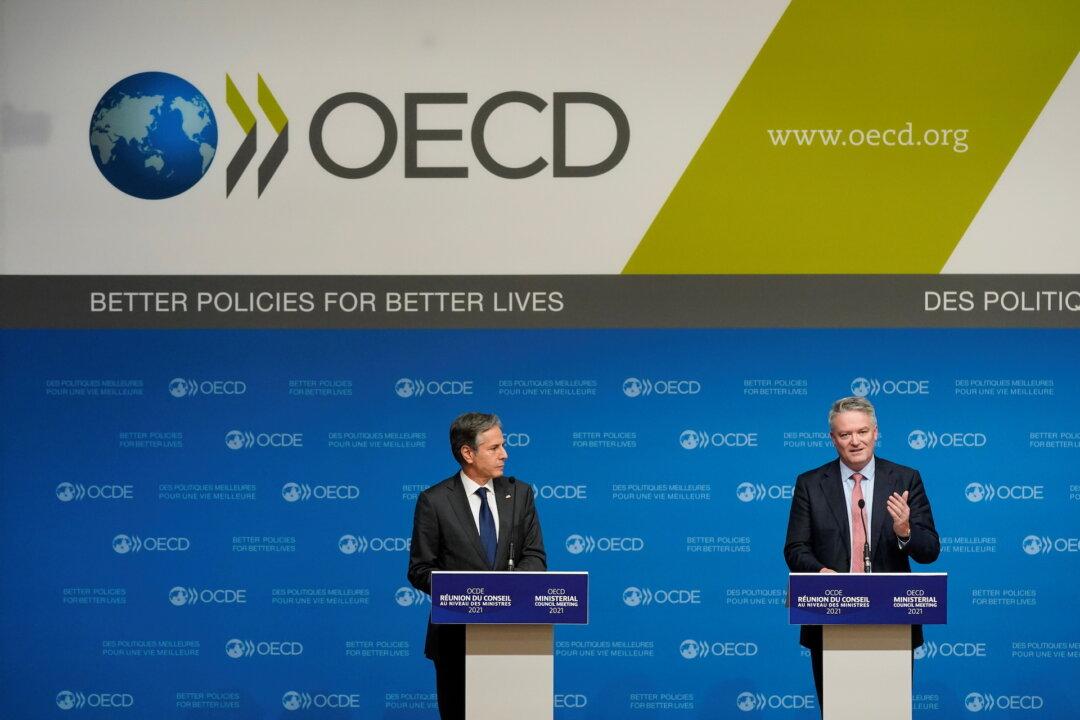The Organization for Economic Co-operation and Development (OECD) now expects the United States to grow slower this year and the next, according to its September economic outlook interim report.
The United States is projected to grow by 1.5 percent in 2022—a full percentage-point decrease from the June estimate of 2.5 percent—and 0.5 percent in 2023, according to the report. In the earlier estimate, the OECD projected a growth rate of 1.2 percent in 2023. Last year, the United States saw gross domestic product (GDP) grow by 5.7 percent. The one-percentage decline in the 2022 estimate stands out as the second-biggest decrease, after the OECD revised down China’s GDP growth for the year by 1.2 percent.





